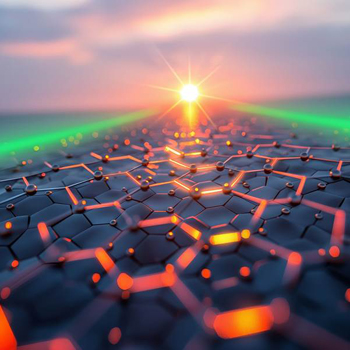Workshop publication

The NPO2024 materials will be published in a Focus Issue of Nanotechnology (IOP Publishing). Guest Editors of the issue are Alexander Obraztsov, Yuri Svirko and Zhipei Sun.
Submission process
All articles should be submitted using online submission page. When submitting your manuscript, please select your ‘article type’ and then select the appropriate Focus Issue from the drop-down box that appears.
Special issue articles are subject to the same review process and high standard as regular Nanotechnology articles and should be submitted in the same way. Please read the comprehensive information on preparing your article files for submission and on the options for submitting your article in our ‘Guidelines for authors’ available via publishing support.
The special issue is open for submission. We encourage early submissions where possible, as articles will be published on acceptance, without being delayed by articles in this collection.